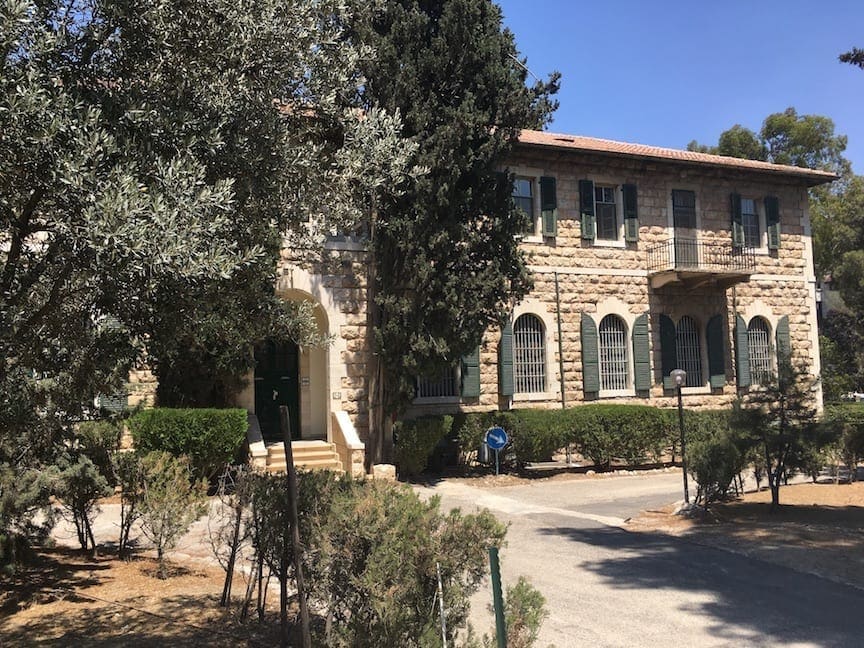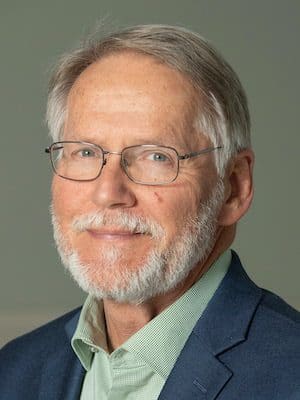What do you do with a day in the Old City of Jerusalem when the sites you want to see are closed? While waiting to meet up with the team we’ll be joining to dig in Jezreel, Susan and I had a free day in Jerusalem. How often does that happen?
We took a cab from our hotel at Ramat Rachel to leave our luggage at the Albright Institute of Archaeological Research, where we’re to have dinner before traveling on to Kibbutz Yizre’el. In the meantime, we made our way down Salah ed-Din Street to enter the Old City through Herod’s Gate, a route I had not traveled before.
The Old City is a maze of narrow alleys and streets that criss cross in a variety of directions, but it’s only so big, so we dared to tackle it without a map. I wanted to take Susan through the Western Wall tunnels, so we made our way south through the Muslim Quarter, then a long streets lined with Arab markets and packed with pilgrims, arriving safely enough at the Western Wall plaza — only to learn that the Western Wall Tunnels were closed on Saturday.
long streets lined with Arab markets and packed with pilgrims, arriving safely enough at the Western Wall plaza — only to learn that the Western Wall Tunnels were closed on Saturday.
Bummer. We decided to meander back through the markets, a hodgepodge of colors and smells that range from pungent spices to fresh-baked sweets and breads to the occasional whiff of sewer.  We enjoyed a Coke Zero beneath an umbrella by a fountain near the Church of the Holy Sepulchre, where on an earlier trip Susan took a picture of three women talking (from a slightly different angle) and turned it into an impressive painting. Today the same seat was occupied by a tired souvenir salesman.
We enjoyed a Coke Zero beneath an umbrella by a fountain near the Church of the Holy Sepulchre, where on an earlier trip Susan took a picture of three women talking (from a slightly different angle) and turned it into an impressive painting. Today the same seat was occupied by a tired souvenir salesman.
We walked back down the Via Dolorosa and Lion’s Gate Street to the St. Ann’s Church and the Pool of Bethesda, thinking it might be fun to explore the Roman ruins built into and over the pool, but, alas, it was closed, too — so we ate lunch at an Armenian Restaurant and then sat in the shade near several entrances Muslims use to access Temple Mount and watched people going by for a while.
We eventually decided to head up the steep Herod’s Gate Ascent, then up Salah Ed-Din street, where women compete to sell fruit from the sidewalk, and back to the Albright Institute, the Jerusalem home of the American Schools of Oriental Research, named for pioneering archaeologist W. F. Albright.
 There, communications director Sarah Fairman kindly gave us a tour of the place, including the dungeon-like lab, lined with restored pots and boxes of neatly labeled finds from excavations at Tel Miqne (biblical Ekron): ceramics, metal, figurines, ivory, and so forth. Unfortunately, I can’t use pictures from there, as some of the finds may not have been published yet.
There, communications director Sarah Fairman kindly gave us a tour of the place, including the dungeon-like lab, lined with restored pots and boxes of neatly labeled finds from excavations at Tel Miqne (biblical Ekron): ceramics, metal, figurines, ivory, and so forth. Unfortunately, I can’t use pictures from there, as some of the finds may not have been published yet.
 The building was constructed in 1926, and its original roof is just now being replaced, which has necessitated a cleaning out of the attic. There’s so much stuff there that a current doctoral student is “excavating” the attic, including stacks of decades-old boxes and baskets of pottery and other finds from Albright’s digs.
The building was constructed in 1926, and its original roof is just now being replaced, which has necessitated a cleaning out of the attic. There’s so much stuff there that a current doctoral student is “excavating” the attic, including stacks of decades-old boxes and baskets of pottery and other finds from Albright’s digs.
Amazing.
The Institute also includes a library of more than 30,000 volumes, most dealing with archaeology in one form or another: and it was open.
Now that’s a cool way to spend an afternoon in Jerusalem.




